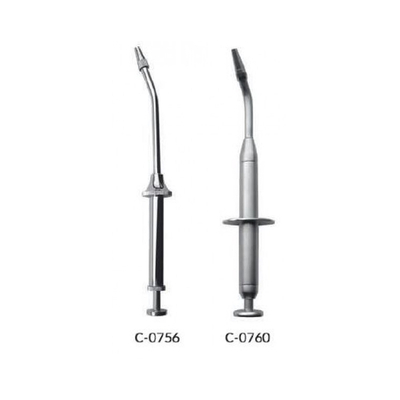Amalgam and Its Application in Dental Restoration
When a cavity forms in a tooth due to decay or fracture, it must be restored using a material called amalgam. Amalgam remains soft for a short period, allowing it to fill irregular cavities before hardening.
To transfer amalgam into the prepared cavity for restoration, a tool called an amalgam carrier is used. Before usage, ensure that the instrument is properly sterilized. The dentist places the prepared amalgam into the carrier’s tube-like tip and, by pressing the lever at the end, dispenses and compresses the amalgam into the cavity.

Types and Sizes of Amalgam Carriers
Amalgam carriers come in various shapes and sizes, depending on the tooth location being restored (upper or lower jaw). They are available in:
- Single-ended and double-ended designs
- Different angulations: 15°, 45°, and 90°
Sterilization and Maintenance
This tool can be disinfected using an autoclave sterilizer at 137°C. It is strictly intended for use by dentists.
Advantages of Amalgam as a Restorative Material
- Cost-effective: More affordable than other restorative materials.
- Durability: Longer lifespan compared to materials like composite.
- Longevity: Studies show that amalgam restorations last 10–12 years, whereas other materials typically last 5–7 years
